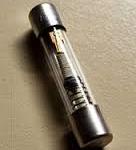Electrical Practice Tests
This section consists of various practice tests on electrical basic and advanced concepts. Each Test consists of 10 to 15 multi choice questions. The correct answer is also indicated for each wrong option during the test. The Following are the Electrical Practice Tests:
[ezcol_1third]
Circuit Breaker
 It is an Electrical device which is operated automatically to protect the electrical circuit by interrupting the fault current.
It is an Electrical device which is operated automatically to protect the electrical circuit by interrupting the fault current.
[/ezcol_1third] [ezcol_1third]
Transformer
![]() It is an electrical device which transfers electrical power from one circuit to another circuit without any physical contact.
It is an electrical device which transfers electrical power from one circuit to another circuit without any physical contact.
[/ezcol_1third] [ezcol_1third_end]
Induction Motor
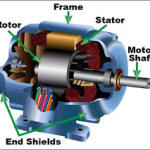 It is a self starting electric motor which operates on induction principle. The magnetic field produced in the stator induces a current in the rotor winding to produce required torque.
It is a self starting electric motor which operates on induction principle. The magnetic field produced in the stator induces a current in the rotor winding to produce required torque.
[/ezcol_1third_end]
[ezcol_1third]
DC Series Motor
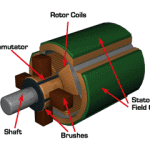 It is a self excited DC motor which converts electrical energy into mechanical energy. In this the series winding is connected in series with armature winding.
It is a self excited DC motor which converts electrical energy into mechanical energy. In this the series winding is connected in series with armature winding.
[/ezcol_1third] [ezcol_1third]
Resistor
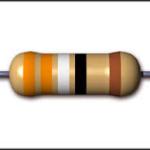 It is a passive electrical component which opposes the electrical current flow through it.
It is a passive electrical component which opposes the electrical current flow through it.
[/ezcol_1third] [ezcol_1third_end]
Synchronous Generator
 It is an important electrical component which converts mechanical energy into electrical energy. It is mostly used in power plants to generate the electricity in synchronous with other generators.
It is an important electrical component which converts mechanical energy into electrical energy. It is mostly used in power plants to generate the electricity in synchronous with other generators.
[/ezcol_1third_end]
[ezcol_1third]
Electrical Fuse Practice Tests
It is a low resistance wire which acts as a over current protection device for an electrical circuit. basically thin wire melts if over current flows through it.
[/ezcol_1third] [ezcol_1third]
Ohm’s law quiz questions
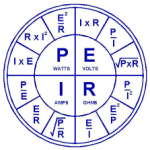 Ohms law states that in an electrical circuit the current flow is proportional to driving potential applied to the circuit. i.e if the voltage applied to the circuit increases then the current flow in the circuit increases.
Ohms law states that in an electrical circuit the current flow is proportional to driving potential applied to the circuit. i.e if the voltage applied to the circuit increases then the current flow in the circuit increases.
[/ezcol_1third] [ezcol_1third_end] [/ezcol_1third_end]
